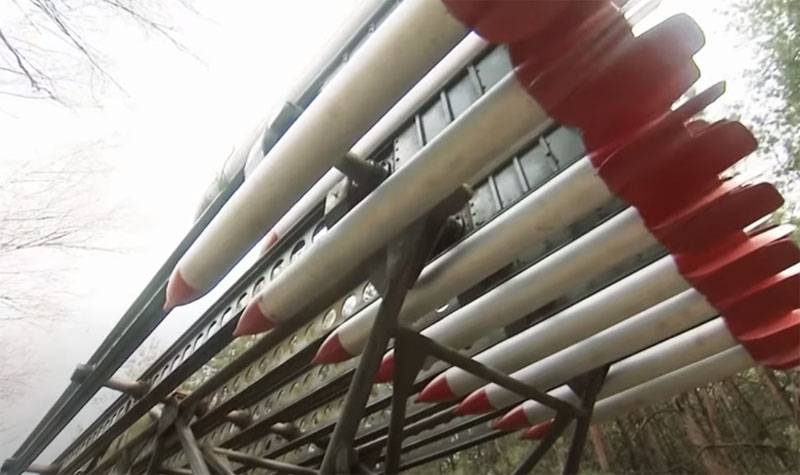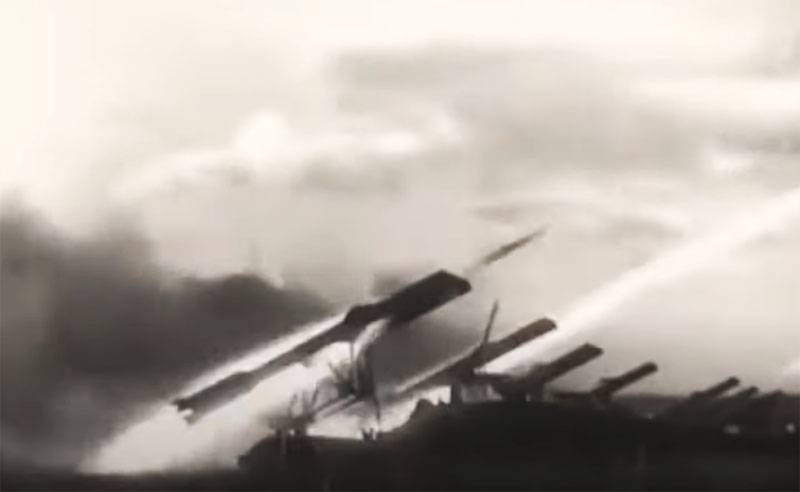
When it comes to the BM-13 rocket artillery fighting vehicle, it is often recalled another name - affectionate - "Katyusha". AT 2020 year is executed as 75 years since the end of World War II, and exactly the same since the completion of production at the Soviet factories of the legendary BM-13.
For whom "Katyusha", and for whom the "Stalinist organ", – historians will say. Really, for the enemy this is a formidable weapon and the name had a different. Because of the characteristic sound, when the Germans left the BM-13 guiding missiles, the Germans gave the Russian Katyusha their own version of the name, which existed until the end of the war.
Today it’s hard to find a person in our country (and it pleases), who would not know, what weapons did our soldiers call “Katyusha” during the war years. speech, of course, not talking about, that "everyone knows about BM-13". It's about, what, so to speak, Practically everyone can “outline” the installation.
However, not everyone knows, that Katyusha also had its aunts. And each of them was called “Raisa Sergeevna” ("Rais-Sergevna"). That is how Red Army soldiers dubbed the aforementioned missiles, which are indicated by the letter combination PC. This is the 132-mm M-13 ammunition for the rocket launcher. M-13 - high-explosive fragmentation projectile, developed in the 1938 program year, as they would say now, modernization of the aircraft shell RS-132.
Notably, that historical documents contain evidence of, that the decision on the mass production of Rais-Sergeevn (of course, at that time such a name did not exist yet) It was taken literally a few hours before the invasion of the Nazis in the Soviet Union - at a meeting from 21 June 1941 of the year. AT 1944 an updated version of this munition M-13 of the Criminal Code appeared.
"Raisa Sergeevna" consisted of a warhead and a powder rocket engine. The explosive of the M-13 warhead was provided by a contact fuse and an additional detonator. The RS engine for BM-13 had a propellant combustion chamber with propellant charge. This charge was a system of cylindrical checkers with an axial channel. The pyrozapals served to ignite the powder charge of "Raisa Sergeevna". The ejection of the pieces themselves through the nozzle was prevented by a specially placed diaphragm.

Four feathers stabilizer M-13 provided stabilization in flight. This option affected accuracy, but on the other hand, it allowed to increase the range of use of rockets of this type. And this range for the initial versions reached almost 8,5 km. Moreover, on 3-5 km missile deflection exceeded 50 m. But during the salvo, the negative factors of the M-13 deflection were virtually leveled - the damage to the battle formations of the enemy was very, very significant.











